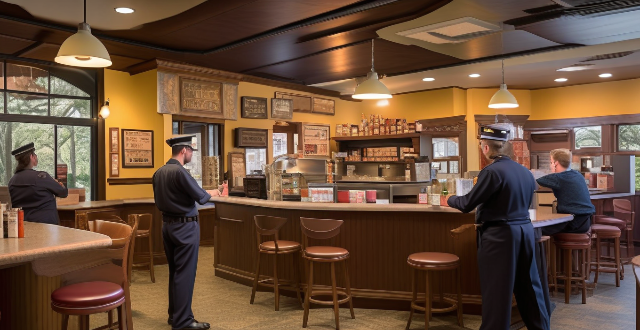Language barriers in tourism can cause cultural misunderstandings, limit interaction with locals, and create accessibility issues. Solutions include multilingual signage, staff training, technology integration, and community engagement to improve the visitor experience.

Language Barriers in Tourism: Impacts and Solutions
Introduction
Tourism is a vibrant industry that thrives on the ability of people to communicate effectively. However, language barriers can significantly affect the tourism experience at popular attractions. This article explores how these barriers impact tourists and what measures can be taken to mitigate them.
Impact of Language Barriers
Cultural Misunderstandings
- Misinterpretation of Signs and Information: Visitors may misinterpret signs or information due to language differences, leading to confusion or missed opportunities.
- Difficulty in Navigating Places: Without understanding local languages, tourists might find it challenging to navigate public transportation, ask for directions, or read maps.
Limited Interaction with Locals
- Reduced Social Interaction: Language barriers can limit spontaneous interactions with locals, reducing the opportunity for cultural exchange.
- Dependence on Guided Tours: Tourists might rely more on guided tours, which can be less personal and flexible than independent exploration.
Accessibility Issues
- Difficulty in Accessing Services: Language barriers can make it hard to access services like emergency assistance, medical care, or customer support.
- Inaccessible Content: Exhibitions, museums, and historical sites often have limited materials in languages other than the local tongue, making it difficult for non-local speaking tourists to understand the content.
Solutions to Overcome Language Barriers
Multilingual Signage and Information
- Bilingual Signs: Implementing bilingual or multilingual signs at key locations can help visitors navigate more easily.
- Translation Apps and Devices: Providing translation apps or devices at tourist information centers can assist visitors in communicating basic needs.
Training for Hospitality Staff
- Language Training for Staff: Training staff members to speak multiple languages or at least basic phrases in common tourist languages can enhance visitor experiences.
- Cultural Sensitivity Training: Educating staff about different cultures can prevent misunderstandings and foster better guest relations.
Technology Integration
- Augmented Reality (AR) Guides: Using AR technology to provide interactive guides in multiple languages can enrich the visitor experience.
- Mobile Applications: Developing comprehensive mobile apps offering translation services, navigation, and cultural insights can greatly assist international tourists.
Community Engagement
- Local Engagement Programs: Encouraging local communities to engage with tourists through language exchange programs or cultural events can bridge the language gap.
- Volunteer Translators: Having volunteer translators available at popular attractions can offer immediate assistance to those facing language challenges.
Conclusion
Language barriers undoubtedly pose challenges to the tourism industry, affecting both the enjoyment of visitors and their ability to fully engage with the culture of the places they visit. By implementing strategies such as multilingual resources, staff training, technological solutions, and community engagement, we can work towards breaking down these barriers and enhancing the overall tourism experience.